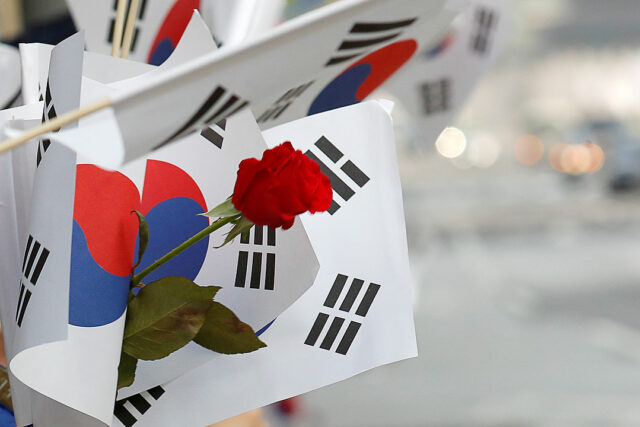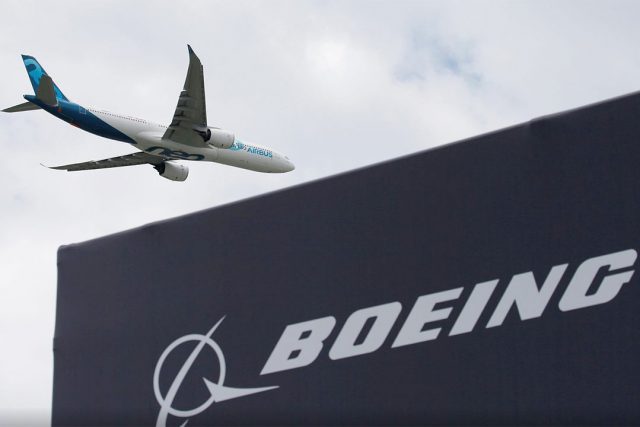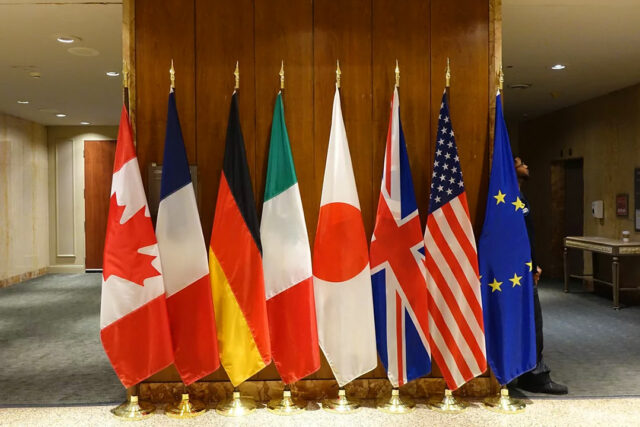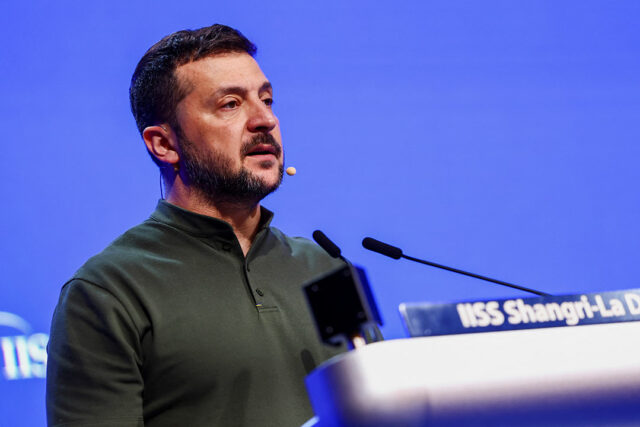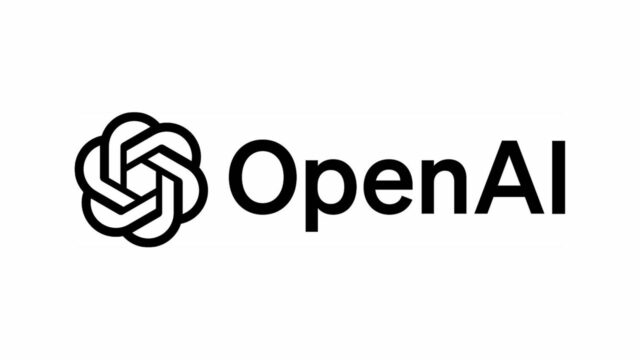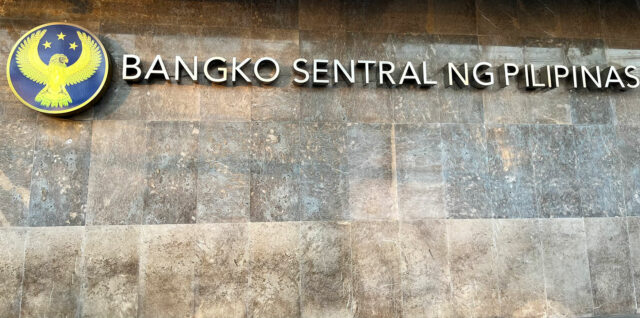By Luisa Maria Jacinta C. Jocson, Reporter
NET INFLOWS of foreign direct investments (FDI) into the Philippines inched up by just 0.1% in 2024 but plunged in December to its lowest monthly tally in 11 years, amid uncertainty in global trade, data from the central bank showed.
Preliminary data from the Bangko Sentral ng Pilipinas (BSP) showed FDI net inflows edged higher to $8.93 billion in 2024 from $8.925 billion in 2023, ending two straight years of declining inflows.
The 2024 FDI tally was also the highest in two years but below the BSP’s forecast of $9 billion.

Investments in equity and investment fund shares rose by 13.1% to $2.7 billion in 2024 from $2.39 billion in 2023.
Net foreign investments in equity capital climbed by 42.4% to $1.54 billion last year from $1.08 billion in 2023.
Placements increased by 4.3% to $2.17 billion, while withdrawals fell by 37.1% to $628 million.
BSP data showed these placements mainly came from Japan (38%), the United Kingdom (35%), the United States (10%), and Singapore (8%).
Investments were mostly channeled into manufacturing (68%), followed by real estate (12%), and information and communication (5%) industries.
Meanwhile, net investments in debt instruments stood at $6.23 billion, down by 4.7% from $6.53 billion in 2023.
Reinvestment of earnings likewise declined by 11.2% to $1.17 billion from $1.31 billion.
DECEMBER SLUMP
In December alone, FDI net inflows plunged by 85.2% to $110 million from $743 million in the same month in 2023.
Month on month, inflows likewise fell by 88% from $922 million.
December saw the lowest FDI net inflow in 11 years or since the $102.16 million recorded in December 2013.
“While nonresidents’ net equity capital investments rose, FDI declined due to increased debt repayments by resident corporations to their nonresident direct investors,” the BSP said.
The higher debt repayments brought net investments in debt instruments to an outflow of $19 million in December, a reversal of the $618-million inflow in the same month in 2023.
Reinvestment of earnings declined by 14.7% year on year to $80 million in December from $94 million a year ago.
On the other hand, net investments in equity capital other than the reinvestment of earnings jumped by 58% to $49 million in December from $31 million in the previous year.
This as equity capital placements dropped by 19.4% to $185 million, while withdrawals slid by 31.5% to $136 million.
By source, the bulk of equity capital placements in December came from Singapore (42%), followed by Japan (23%), and the United States (16%).
These were invested mainly in information and communication (40%), manufacturing (20%), financial and insurance (13%), construction (9%), and real estate industries (8%).
Meanwhile, investments in equity and investment fund shares went up by 3.3% to $129 million in December from $125 million.
“The sharp decline in net FDI inflows in December is concerning, as it suggests both short-term financial pressures on local firms and potential shifts in investor sentiment toward the economy,” Philippine Institute for Development Studies Senior Research Fellow John Paolo R. Rivera said.
He said the higher debt repayments suggest resident firms are “prioritizing deleveraging over reinvesting capital, which may reflect tighter financial conditions or concerns over profit margins.”
“Policy uncertainty and global economic risks may have dampened investor sentiment, leading firms to delay or scale down expansion plans in the Philippines,” Mr. Rivera added.
Rizal Commercial Banking Corp. Chief Economist Michael L. Ricafort said the slump in investment flows could be due to uncertainties from the protectionist policies by US President Donald J. Trump.
This may have “encouraged more investments and jobs in the US rather than outside the US that could reduce FDIs globally,” he added.
Prior to assuming office in January, Mr. Trump had announced his plans to impose tariffs on major trading partners, such as China, Canada and Mexico, as well as an across-the-board reciprocal tariff on all countries that tax US imports.
Mr. Ricafort also cited tensions between China and the Philippines as well as weather disturbances that could have disrupted investment activity.
“The drop in FDI could also reflect competitiveness challenges, such as high operating costs, infrastructure bottlenecks, and concerns about regulatory stability,” Mr. Rivera added.
For the coming months, Mr. Ricafort said investment flows could be supported by the implementation of the Corporate Recovery and Tax Incentives for Enterprises to Maximize Opportunities for Reinvigorating the Economy Act.
“This could make foreign investors become more decisive in locating in the country amid enhanced incentives for foreign investors,” he added.
Further interest rate cuts by the US Federal Reserve and BSP could also lower financing costs and attract more FDIs in the country, Mr. Ricafort said.
Despite the surprise policy pause in February, the BSP has said it is still in easing mode.
BSP Governor Eli M. Remolona, Jr. has said there is a possibility of up to 50 basis points of rate cuts this year. The central bank kept the key rate steady at 5.75% last month, citing global trade uncertainties.
“Higher global interest rates make borrowing more expensive, discouraging new investments,” Mr. Rivera said.
Mr. Rivera noted that countries like Vietnam and Indonesia may have attracted more FDI “due to stronger incentives or more favorable business environments.”
“Investors may be waiting for clarity on key economic reforms, tax policies, and regulatory frameworks before committing capital,” he added.
On the other hand, Mr. Ricafort said the tariff war would continue to weigh on FDI inflows in the coming months.
“(These) all encourage foreign investors to locate in the US to avert higher import tariffs and create more jobs in the US as part of Trump’s America-first policy,” he added.
The central bank expects to end 2025 with a $10-billion net FDI inflow.
The BSP noted that its FDI data are distinct from the investment data of other government sources as it covers actual investment flows.
“In contrast, the approved foreign investments data published by the Philippine Statistics Authority are sourced from Investment Promotion Agencies. These represent investment commitments, which may not necessarily be fully realized in a given period.”


